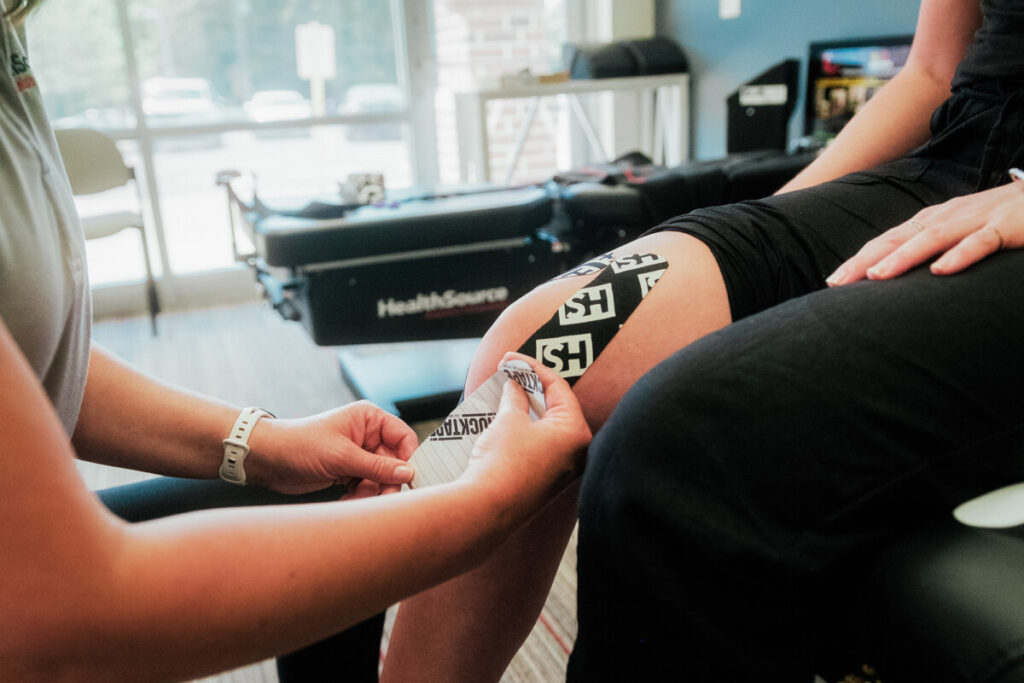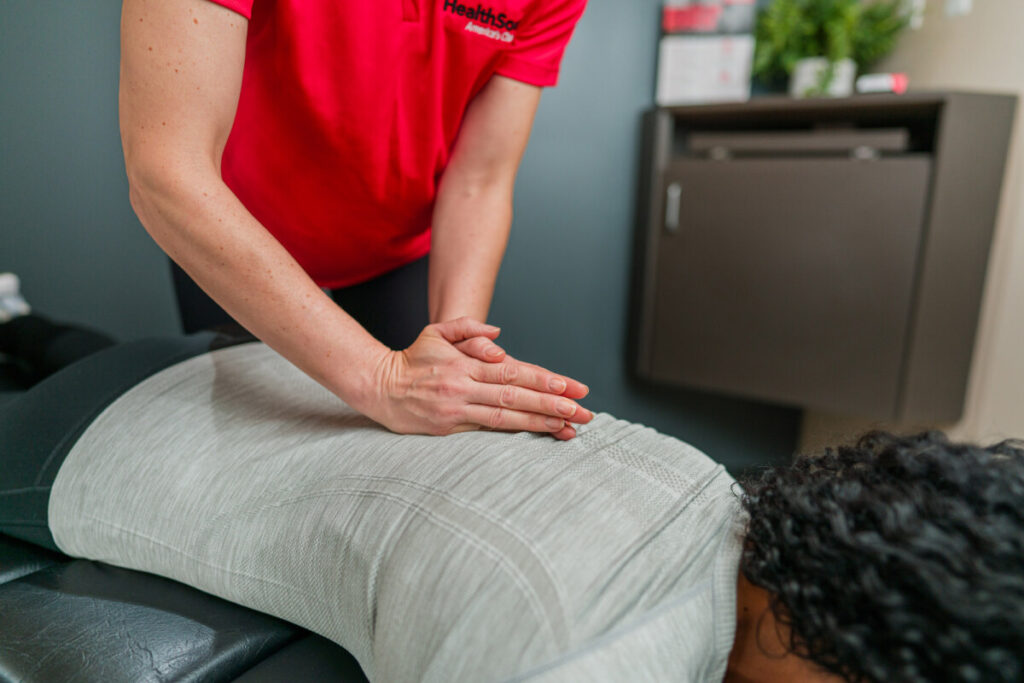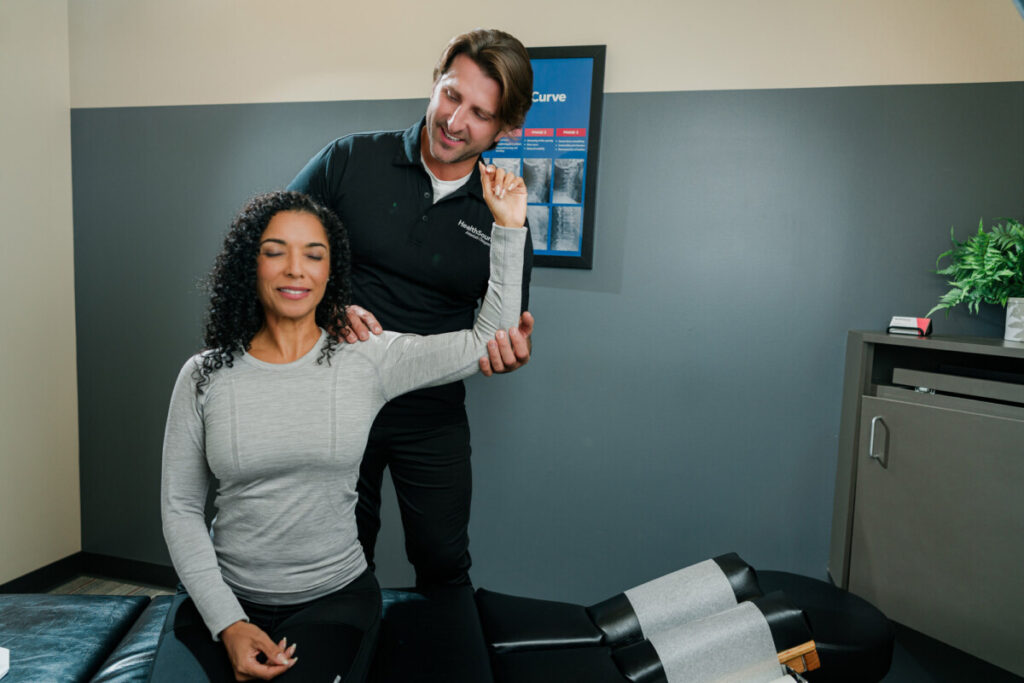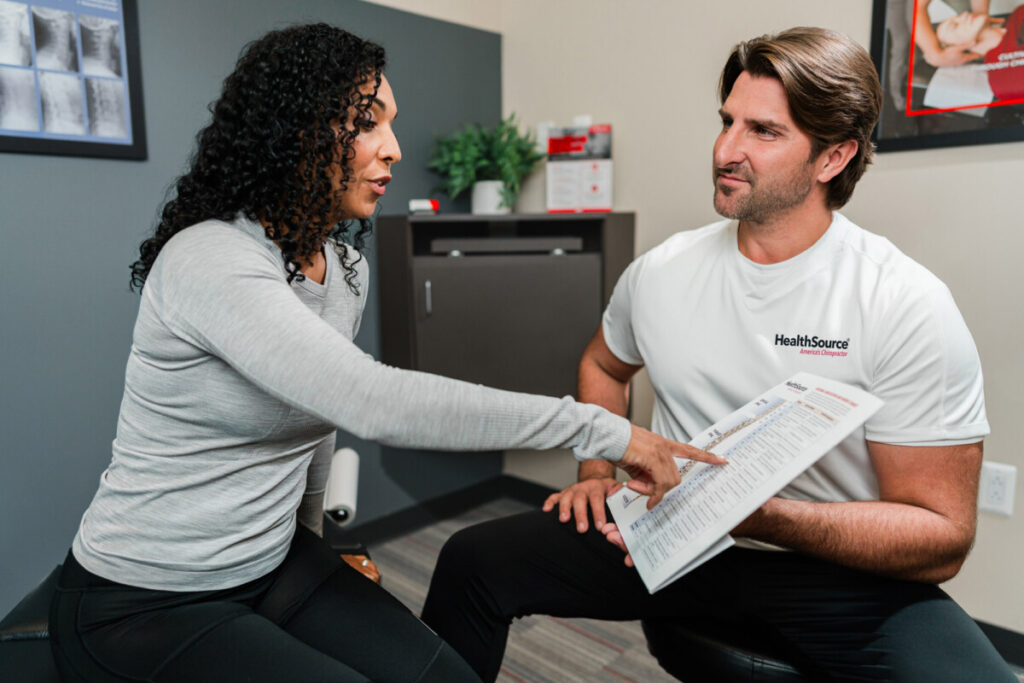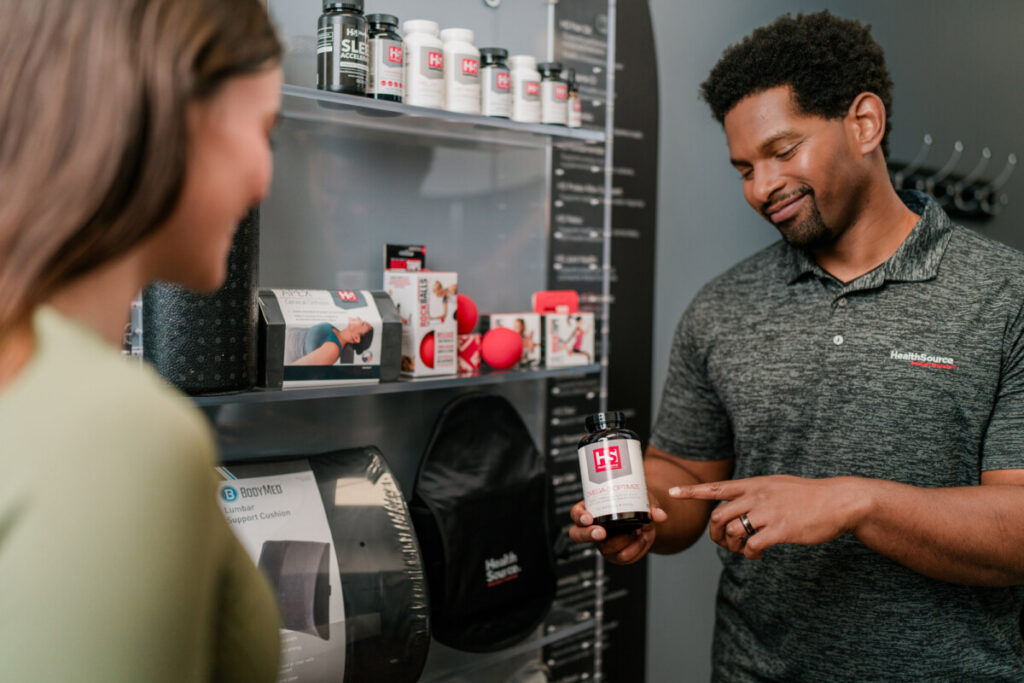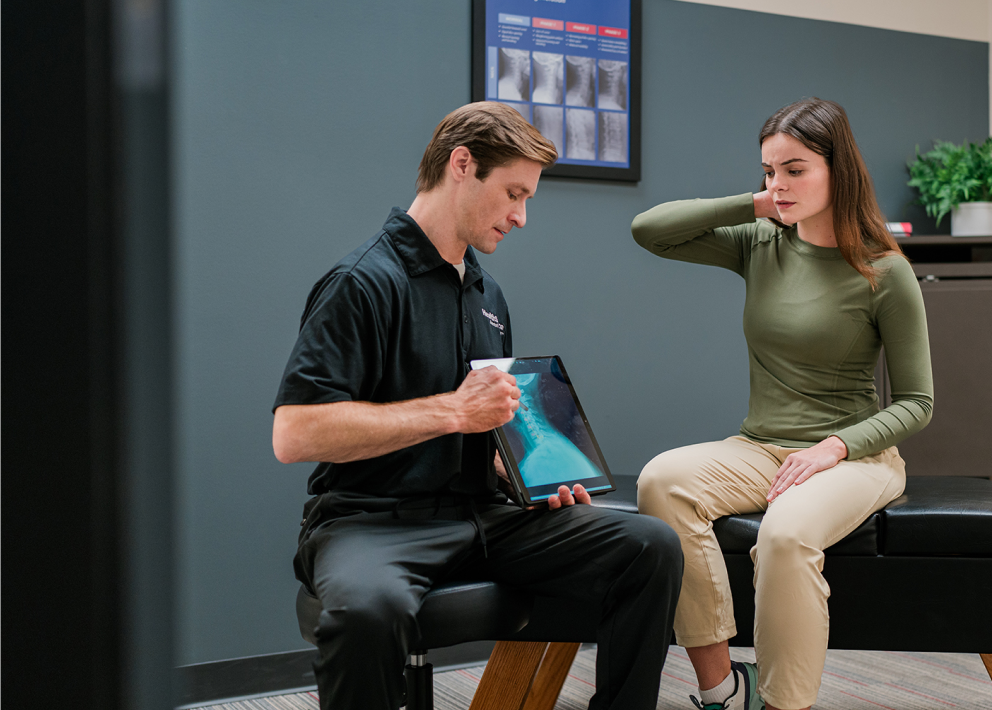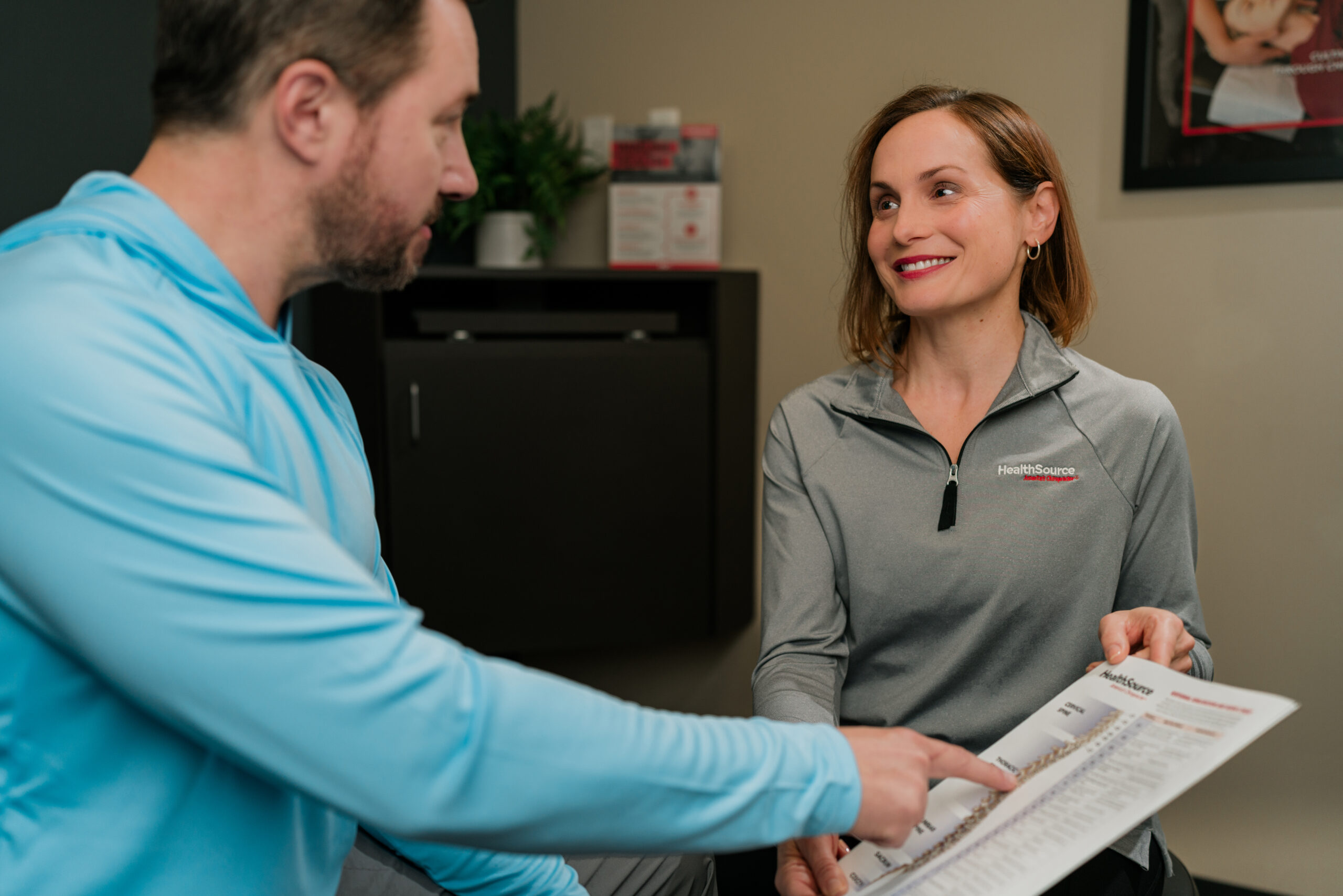 Pain + Injuries We Treat
Pain + Injuries We Treat
Welcome to HealthSource, your destination for modern, high quality Chiropractic Care.
Your path to healing and wellness begins at HealthSource of Wellsburg
Comprehensive Evaluations
+
Personalized Care Plans
X-Rays + Advanced
Therapeutic Services
Same Day
Appointments
Insurance
Accepted
Meet The Team
At HealthSource of Wellsburg, we are passionate about empowering our community to lead pain-free, active lives with Chiropractic Care that’s both compassionate and results-driven. If neck pain, back pain, or headaches are affecting your quality of life, our experienced team is ready to provide effective solutions tailored to meet your individual needs. We specialize in non-invasive treatments for conditions such as bulging discs, sciatica, neuropathy, and arthritis. Through a combination of Chiropractic Care, Spinal Decompression, Nutritional Counseling, Progressive Rehab® + Functional Exercise and Sleep Optimization we offer a comprehensive approach that not only addresses pain but also supports long-term wellness. With personalized treatment plans designed to fit your lifestyle, we’re here to support you every step of the way on your path to living life, pain-free. Visit our clinic in Wellsburg, where our commitment to your well-being means delivering care that helps you live life to the fullest.
More than 53
Five-star ReviewsDr. Tara is the best! I had severe sciatic pain it was almost to the point I was going to have to get shots and then surgery. I started going back to Dr. Tara at HealthSource in Wellsburg the pain went away and I don’t need the shots or surgery! I am truly grateful for all she did with me especially the leg pulls.
Sheila O.
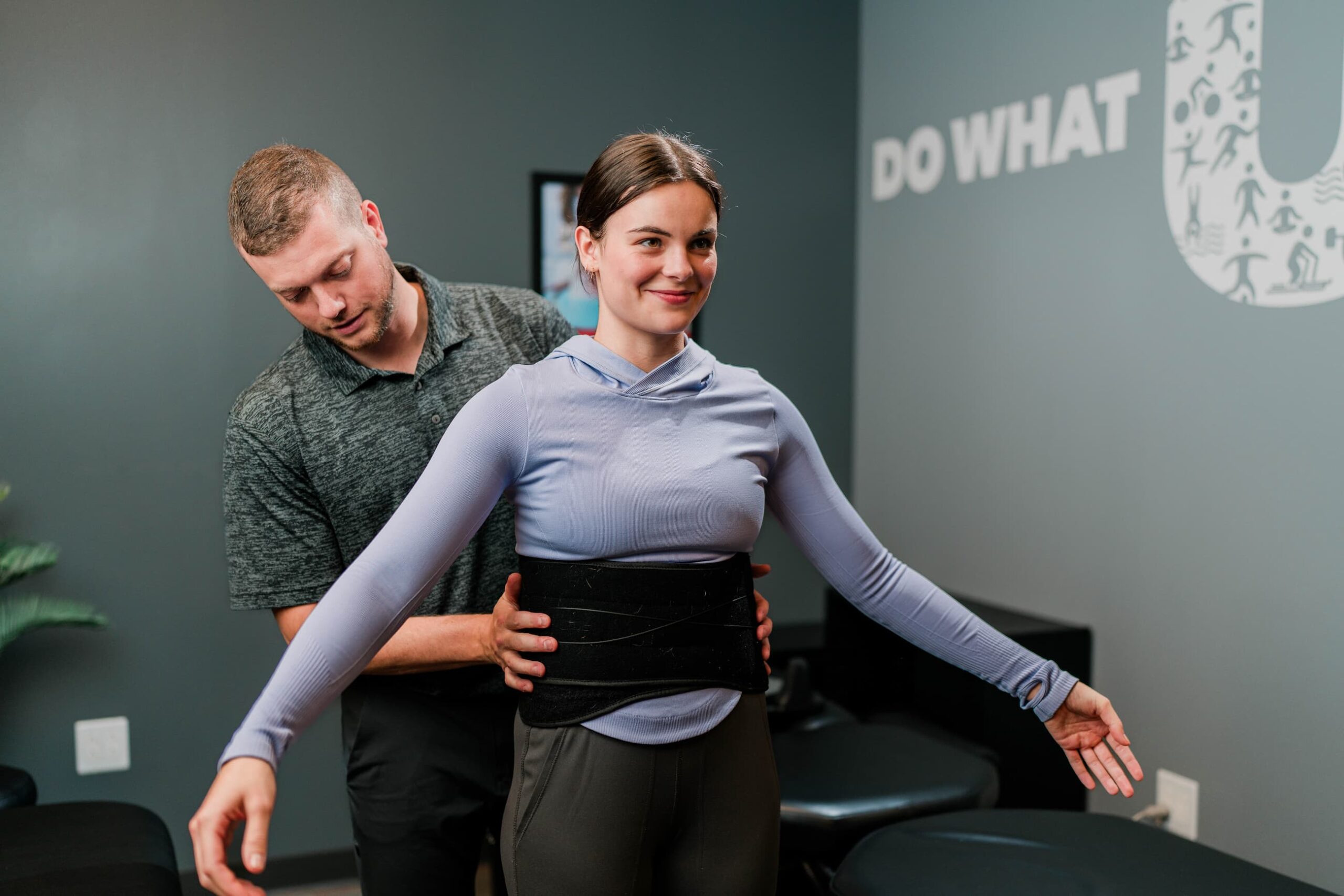
Pain Relief With
State-Of-The-Art Care
At our chiropractic clinic, we offer a variety of services utilizing the latest advancements in technology to facilitate healing, restore your health, and achieve your wellness goals.
During the initial diagnostic screening exam, we will evaluate your pain, mobility, posture, health history, and lifestyle to develop a holistic program designed uniquely to treat the source of your pain, not just your symptoms.


